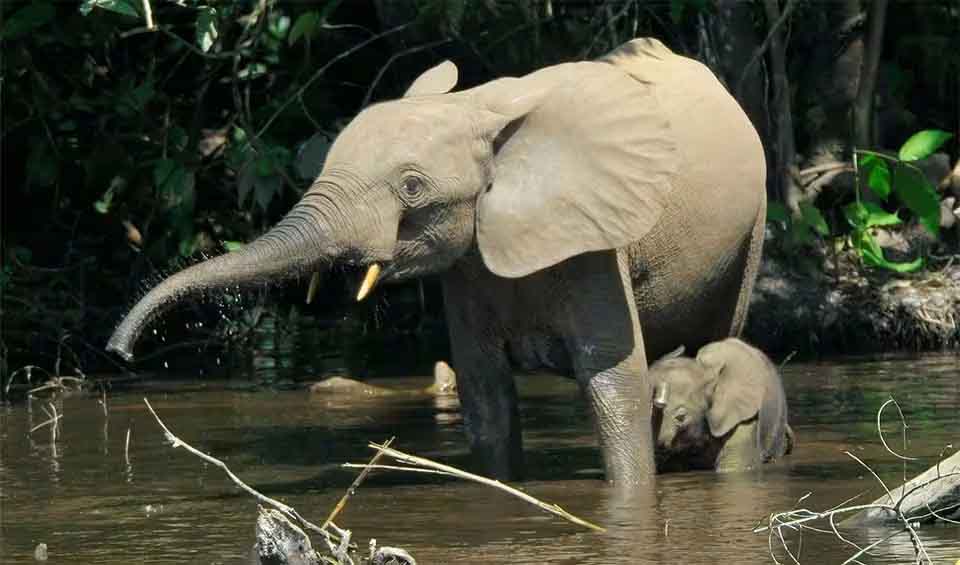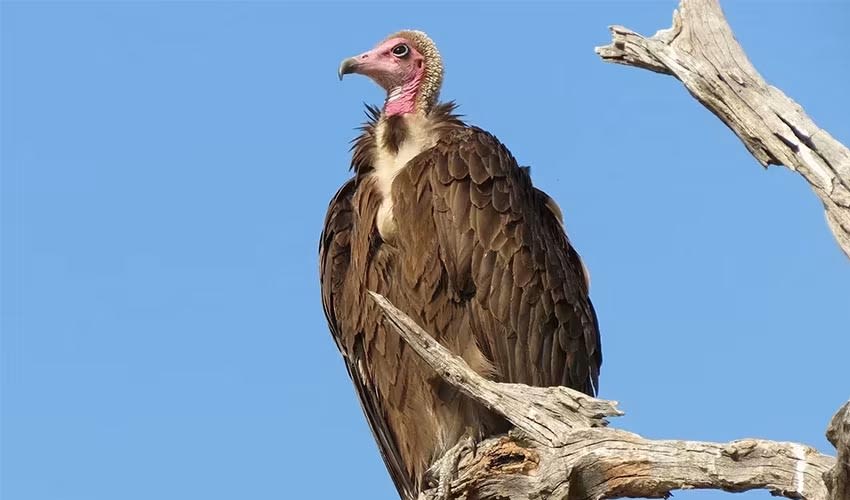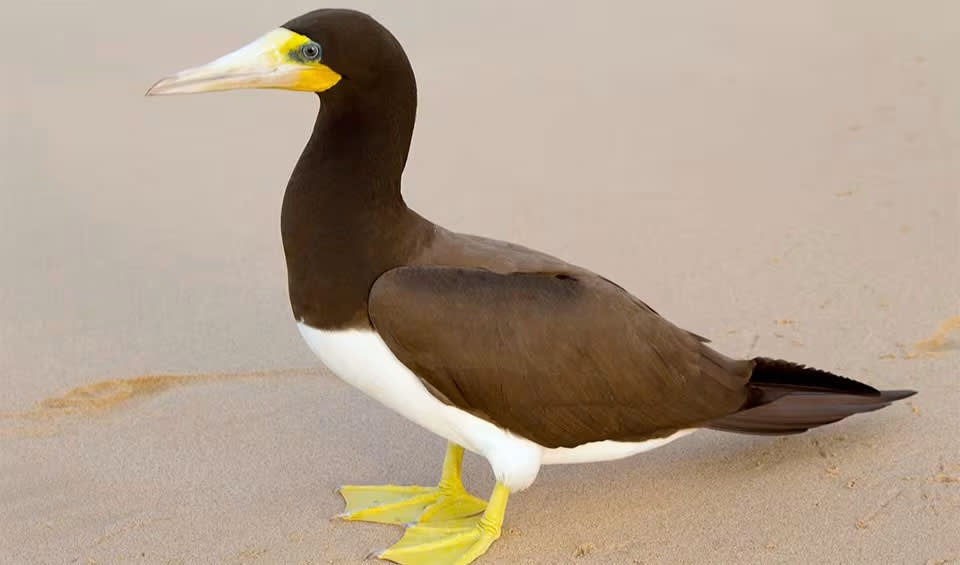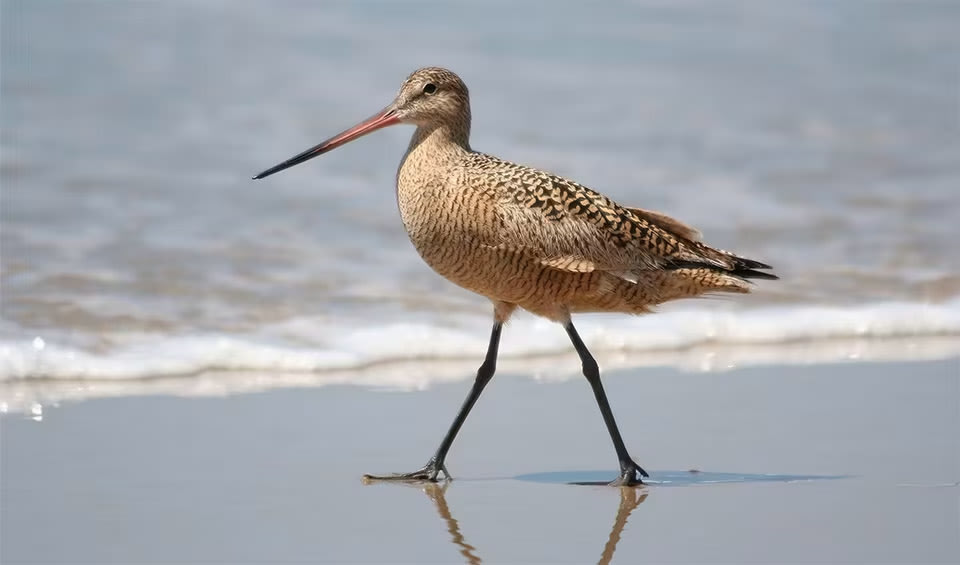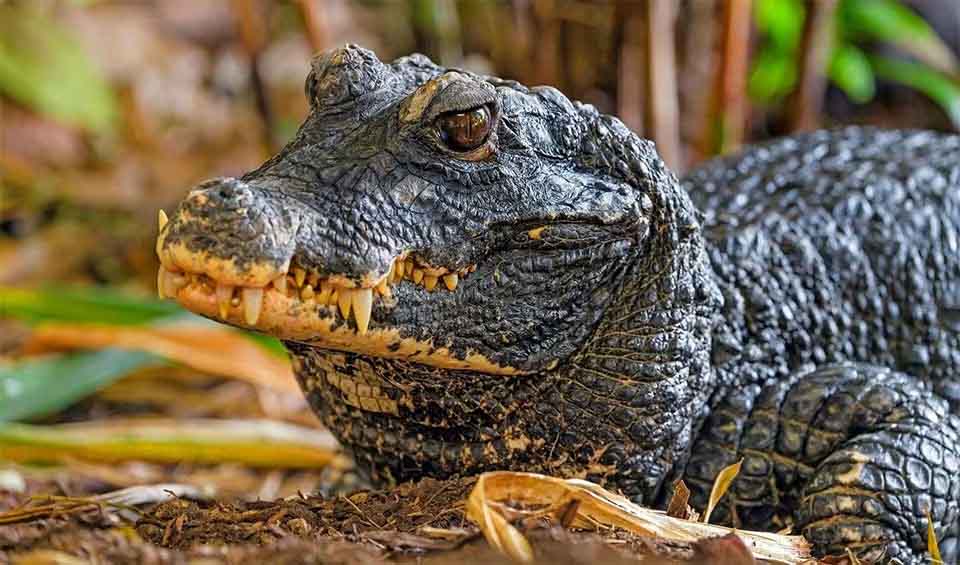Liberia, located on the West African coast, is bordered by Sierra Leone to the northwest, Guinea to the north, Côte d’Ivoire to the east, and the Atlantic Ocean to the south. It is distinguished by its rich history, being the first African republic to declare independence, and its cultural ties to the United States, established by freed American and Caribbean slaves who founded the country in 1847.
Liberia’s landscape is predominantly characterized by its dense tropical rainforests, which cover about half of the country. These lush forests are part of the Upper Guinean rainforests, known for their incredible biodiversity. Alongside the forests, Liberia features rolling hills and a small plateau region. The country has a significant coastline along the Atlantic Ocean, known for its picturesque sandy beaches. The climate is tropical, hot and humid, with significant rainfall coming from the monsoon winds. It has two distinct seasons: the dry season from November to April and the rainy season from May to October, which can see more than 4,500 mm of rain in coastal areas, making it one of the wettest places along the West African coast.
Four pillars elaborated:
Liberia possesses one of the most extensive networks of protected areas in the region, encompassing approximately 1.4 million hectares (14,000 km²) of forestland, which accounts for roughly 30% of the country’s land area. However, exclusive conservation areas such as Sapo National Park, Lake Piso, and the East Nimba Strict Nature Reserve currently comprise only about 4.5% of Liberia’s total forest area and 2.2% of its landmass. The country also boasts around 600,000 hectares (6,000 km²) of freshwater wetlands, hosting numerous resident and migratory bird species. Land Management
Land Management
While five of Liberia’s wetlands hold official recognition as Wetlands of International Importance, or Ramsar sites, they often receive limited or no protection. Additionally, Liberia features six species of mangroves covering approximately 0.5% of the nation’s total area. These wetlands and mangroves play vital roles in providing ecosystem services, including flood protection and erosion control. Moreover, Liberia’s beaches serve as crucial habitats and nesting sites for sea turtles and various other species.
The primary threats to biodiversity in the region stem from illegal logging, shifting cultivation, mining activities, expansion of agro-industrial crop production, and the spread of invasive alien species. Coastal ecosystems face further endangerment due to the overexploitation of demersal fish species, sand mining, beach erosion, and mangrove depletion. Limited understanding exists regarding threats to freshwater ecosystems, though overfishing poses a potential risk to inland fisheries. Threats to Biodiversity
Threats to Biodiversity
Additional pressures include inadequate financing alternatives, capacity limitations, weak law enforcement, and a disconnect between policies and community needs. Moreover, the absence of holistic environmental management strategies, barriers to alternative livelihoods, and insecure land tenure exacerbate the situation. Addressing the balance between economic development and environmental preservation is essential, as current trends prioritize foreign investments in resource sectors, potentially exacerbating biodiversity loss.
The Liberia Forest Initiative (LFI), launched in 2004 under US leadership, aimed to reform the forestry sector, resulting in key legislation such as the 2006 National Forestry Reform Law and the 2009 Community Rights Law. The National Wildlife Law of 2012, building upon the forestry laws, emphasizes co-operative governance and community participation in conservation areas. Liberia’s legal framework also includes the Environmental Protection and Management Law, overseen by the Environmental Protection Agency (EPA), and the Fisheries and Aquaculture Policy and Strategy (2014). Ratifying the Convention on Biological Diversity (CBD) in 2000, Liberia developed a National Biodiversity Strategy and Action Plan (NBSAP) for 2017-2025, focusing on goals such as mainstreaming biodiversity, sustainable resource use, and capacity building, alongside commitments to CITES. Capacity and Governance
Capacity and Governance
Liberia’s development strategy, “The Agenda for Transformation,” outlines its trajectory toward becoming a middle-income country by 2030, following a period of post-conflict recovery. To address climate change and secure carbon financing, the government, via the Forestry Development Authority, received funding from the Forest Carbon Partnership Facility (FCPF) to develop Liberia’s Readiness Preparation Proposal and implement Readiness Preparation Activities. The Forest Reformed Law (2006) mandates a national forest management strategy, with a suitability study identifying areas for commercial, conservation, and community forestry. The Ministry of Lands, Mines, and Energy is revising legislation to enhance environmental and social impact assessment management in mining. Liberia aims to ratify the Nagoya Protocol by 2014 and has drafted an ABS Law. Future Trends
Future Trends
Biodiversity
Liberia, located on the West African coast, is a country renowned for its rich biodiversity and varied ecosystems. Its rainforests, particularly in regions such as Sapo National Park, are among the most biodiverse areas in West Africa. These forests are home to a myriad of plant species, including many that are endemic. The rich canopy and understory vegetation support an array of wildlife, including forest elephants, pygmy hippos, and the critically endangered western chimpanzee. The forests also provide habitat for rare and elusive species like the African golden cat and the Jentink’s duiker.Liberia’s coastal and marine ecosystems also contribute significantly to its biodiversity. The mangrove swamps along the coast are vital nurseries for fish and crustaceans and offer protection for a variety of marine life. The coastal waters are rich in fish species and support populations of dolphins, sea turtles, and occasionally, migrating whales. The lagoons and estuaries serve as critical habitats for both freshwater and marine species.
In the table below are the number of known species in several main groups, how many of these species are Threatened with extinction, and how many of them are Endemic (unique to Liberia only):
| Species (World rank) |
Threatened | % Threatened | Endemic | % Endemic | |
|---|---|---|---|---|---|
| Mammals | 212 (#52) | 24 | 11.3% | ||
| Birds | 536 (#66) | 11 | 2.1% | ||
| Reptiles | 108 (#87) | 8 | 7.4% | 1 | 0.9% |
| Amphibians | 62 (#50) | 4 | 6.5% | 3 | 4.8% |
| Fishes | 612 (#96) | 78 | 12.7% | 8 | 1.3% |
| Plants | 2,242 (#144) | 53 | 2.4% | 2 | 0.1% |
mammals
Giant pangolin
Covered in tough, overlapping scales made of keratin — the same material human fingernails are made from
West African manatee
Thought to be the goddess of the sea known as “Maame Water” in many coastal legends of western Africa
African forest elephant
Inhabiting humid forests in West Africa; they are the smallest of the three elephant species
birds
Hooded vulture
They are known to scavenge at rubbish dumps and around slaughterhouses, helping to dispose of animal byproducts and reducing potential health risks
Brown booby
An impressively acrobatic bird that can catch flying fish mid-jump
Black-tailed godwit
The most elegant of all godwit species
reptiles
Boomslang
Itd name means “tree snake” in Afrikaans and Dutch, a fitting description of its arboreal lifestyle
Leatherback sea turtle
The mysterious diver of the ocean is the largest and only sea turtle without a hard shell and scales
Dwarf crocodile
Timid nocturnal with broad snouts native to Africa, they are the smallest of all crocs
National Animals
Lion
Tufted-tailed Simba in the plight


